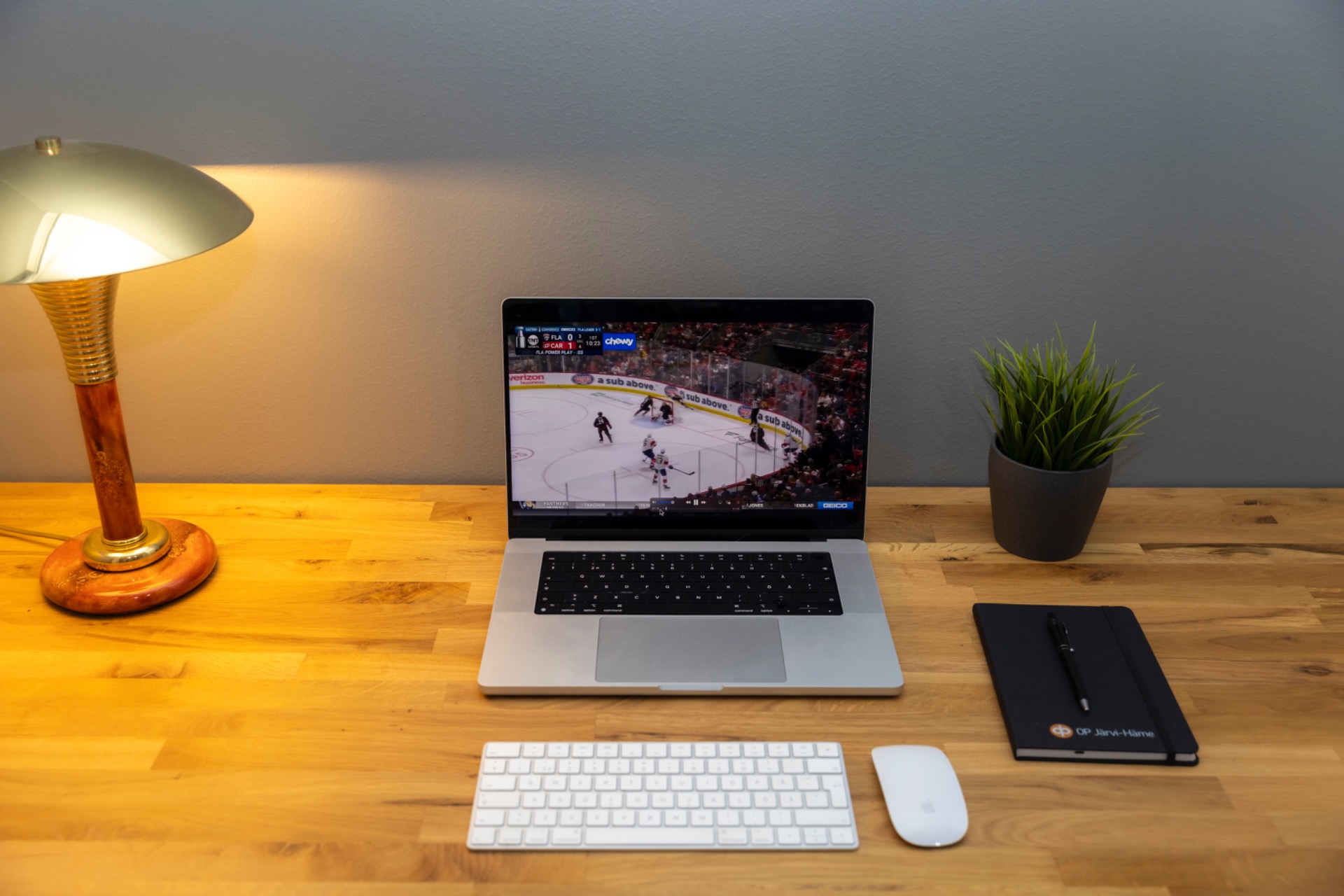Goalie Scouting: What Is It Really About?
Here are my five cents about goalie scouting. Please read and leave a comment.

In modern professional sports, scouting is one of the most crucial tools for building a successful team. Whether it's finding the right players to complete a roster, preparing for mid-season trades, or planning post-season changes, clubs need to stay ahead of the curve. That means keeping track of both the talent on the market and within their own system.
But what about goalies—those last lines of defense? How should they be scouted?
While each club and scout may have their own approach, the core of goalie scouting comes down to collecting meaningful information: watching games, gathering background intel, making a few phone calls, and then pulling it all together into a clear profile of the player.
Let's break down how this can be done—and what pitfalls to avoid.
Four Levels of Goalie Scouting
1. The "Sofa Score Scouting" Approach
This is where you check the stats and draw conclusions: 20 saves and 1 goal against = good game. 15 saves and 4 goals against = bad game. Right?
Well—not quite. Stats alone don't tell you how goals were scored, what kind of pressure the goalie was under, or whether the defense left them exposed. Numbers give you a starting point, but they rarely tell the full story.
2. The "Highlight Reel Scouting"
Watching highlights gives a slightly better picture—but it's still limited. Save compilations can make any goalie look like an all-star, while goal against compilations may make them seem worse than they are. Highlights are curated moments, not context.
3. Watching Full Games – A Stronger Method
Now we're getting somewhere. Watching full games helps you understand the flow: which team had momentum, how the goalie handled pressure, how they responded after a goal, and so on.
However, many scouts have to track multiple players per game, which can mean missing subtle details—especially those specific to goalies.
4. The Gold Standard: Full Games with Goalie Focus
In my opinion, the most valuable method is watching entire games with a laser focus on the goalie.
This gives you insight not just into their technique, but also into their ability to read the play, manage emotions, bounce back from mistakes, lead the team, and maintain composure under pressure.
This is the method goalie coaches tend to use—and it provides the kind of depth you just can't get from other approaches.
From Data to Wisdom
So, you've scouted several games—what next?
I'm a big fan of Yuval Harari's framework:
Data → Information → Knowledge → Wisdom.
Watching one game is just gathering data. Watching several games helps you turn that into information. Observing patterns across many games transforms it into knowledge. And with enough of that, you gain the wisdom to make informed decisions.
You don't want to judge a goalie based on their best or worst night. Instead, focus on how often they play well, how they respond on off-days, and whether their "bad" games still give the team a fighting chance.
Context Matters: Understanding Where the Goalie Is in Their Journey
One of the most important, and often overlooked, aspects of goalie scouting is understanding where the goalie is in his career. What stage of development is he in? What's his mindset, his motivation, his trajectory?
Let's break it down into three key categories:
- Rising Talents
These are the goalies who show strong potential but haven't fully proven themselves at higher levels yet. They might have the athletic tools, the technique, and even a few standout performances—but consistency is still developing. With rising talents, the focus isn't just on what they are now, but on what they could become.
These players require deeper evaluation: not just skill, but personality, work ethic, resilience, and coachability. You're not just scouting the goalie—they are a development project, and your support systems will play a big role in shaping their future.
- Peaking Goalies
These are the most sought-after profiles. They're still relatively young, but they've already played several strong seasons and proven themselves under pressure. In short: they're in, or just entering, their prime.
Peaking goalies offer the best of both worlds: upside for the future and reliable performance now. They typically don't require much "fixing"—they just need a good environment, structure, and trust. They can immediately elevate a team and often become cornerstone players.
But there's competition for them. Every club wants a goalie in this phase. Which means smart scouting, quick decision-making, and good relationships with agents and goalie coaches are essential to land them at the right time.
- Veterans
Veteran goalies bring experience, calmness, and often strong leadership qualities to the locker room. They've "seen it all" and know how to handle pressure and adversity. But with age come questions:
Are they still physically up to the task?
Can they handle a full season—or are they better suited for a backup or mentoring role?
Do they still have the hunger to compete, or are they winding down?
That said, a well-managed veteran can be a huge asset—especially when paired with a younger goalie. The dynamic works best when both goalies understand their role, and when the coaching staff is transparent, communicative, and fair.
Building a Balanced Goalie Group
Ideally, a club can build a balanced goalie team that supports both short-term performance and long-term development. This often means combining different career stages within the same tandem—but the roles aren't necessary fixed.
For example:
- You might have a veteran starter providing stability and leadership, while a young, hungry backup learns the ropes and pushes for more responsibility.
- Or, it might be the other way around: a young, emerging starter leading the charge, supported by a seasoned veteran who offers support, experience, mentorship, and depth.
Both configurations can work—what matters most is clarity, communication, and mutual respect between the goalies, the coaching staff, and management. Everyone needs to understand their role and how it may evolve over time.
Ultimately, there's no one-size-fits-all formula. The key is to recognize where each goalie is in their career, what they need to succeed, and how they fit into the broader team strategy.
Final Thoughts
This is just one piece of the puzzle when it comes to professional goalie coaching and scouting.
What's your take on this? How do you or your organization approach goalie evaluation? I'd love to hear your thoughts in the comments.
And if you found this perspective useful, feel free to share it with others in your network.
#dreamjob #goaliecoaching #goaliescouting #hockeygoalies #goaltending #progoaliecoach
New article: Players Path: From Youth to Professional
Previous article: Building a Goalie Team in a Pro Hockey Organization (TOP Article)
Previous article: Goalie Coaching in a Professional Team: What Is It?
Previous article: Goaltending Beyond the Glove or Blocker: Rethinking Shot Analysis
Previous article: What Happens After the Final Whistle?
Previous article: Life of a professional Goalie Coach
Previous article: "Thank You and I'm Sorry"
Previous article: "DIE TORHÜTER HABEN IM SOMMER SEHR GUT GEARBEITET"
Previous article: New decade, new start

